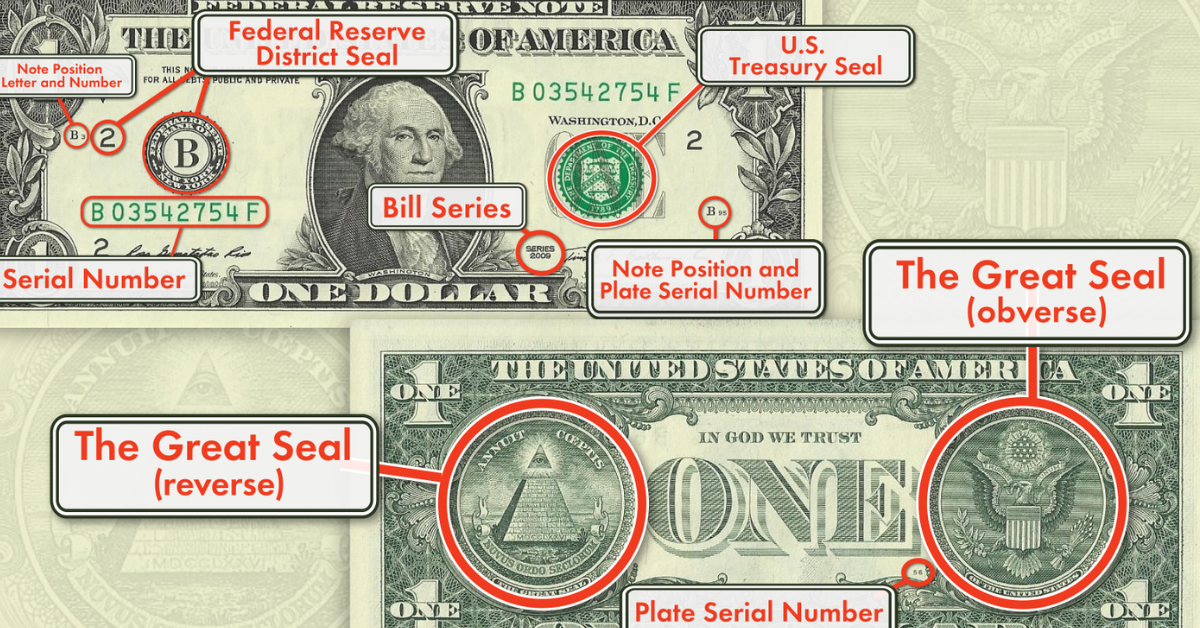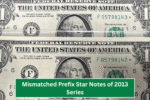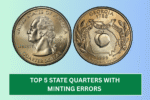The U.S. one dollar bill may seem like just a small piece of paper, but it actually carries a lot of meaning. If you look closely, you’ll see many symbols that tell stories about the country’s history, beliefs, and goals. These symbols are not just for show—they were carefully chosen, and each of them has a strong meaning behind it.
Many people use dollar bills every day without thinking twice about what’s printed on them. But when you take the time to understand these details, you’ll begin to see that the design of the dollar bill is much more than just decoration. It’s a message straight from the early days of American history and a guide to what the country hopes to stand for.
The Front of the One Dollar Bill
Let’s begin with the front of the U.S. one dollar bill. The first thing you’ll notice is the portrait of George Washington, the first President of the United States. His face has been on the one dollar bill since 1869. George Washington stands for leadership and the strong beginning of the United States.
To the left side of his portrait, you will see the U.S. Treasury seal. This green seal has balanced scales to represent justice, a key for trust, and a 13-leaf branch to reflect the original 13 colonies. On the right, you’ll find a black Federal Reserve seal. There’s also a serial number near each seal, which is unique to every bill.
The Back of the Dollar Bill Has the Most Mystery
Now, let’s flip the dollar. This side is full of symbols, most of which are linked to the Great Seal of the United States. This seal was designed back in 1782 and shows what the country stands for.
On the right side of the back, you’ll see the bald eagle, which is the national bird. It stands for strength and freedom. The eagle is holding an olive branch in one claw and arrows in the other. These show a balance between peace and war. The eagle wants peace, but it’s ready to fight if necessary. There are 13 arrows and 13 olive leaves, symbols of the original 13 states.
What’s in the Eagle’s Beak and the Shield
If you look at the eagle’s beak, you’ll see it’s holding a banner that reads E Pluribus Unum. In Latin, this means Out of Many, One. It shares the idea of unity—different states and people coming together to form one country.
The shield on the eagle’s chest is also interesting. It has 13 vertical stripes and a blue top bar. The stripes represent the states, and the bar stands for the federal government—showing how both work together. Also, look above the eagle’s head. You’ll notice a group of 13 stars arranged to form a star. This is another nod to the unity of the first 13 colonies.
The Left Side Has an Even Older Design
The image on the left side of the back of the bill is also from the Great Seal, but it looks very different. Here, you will see a pyramid with an eye above it. This is called the Eye of Providence. The unfinished pyramid stands for strength and the idea that America is still growing. The eye above it is a sign that a higher power (like God) is watching and guiding the country’s path.
Below the pyramid, you’ll find the words Novus Ordo Seclorum. This Latin phrase means A New Order of the Ages, which refers to the beginning of the United States and the hope for a better future. Above the pyramid are the words Annuit Coeptis, which is another Latin phrase meaning He (God) has favored our undertakings. It shows a belief that America has a special mission.
Why Are There So Many 13s
If you look closely, the number 13 shows up many times on the one dollar bill. There are 13 leaves on the olive branch, 13 arrows, 13 stars, 13 steps on the pyramid, 13 stripes on the shield, and even 13 letters in E Pluribus Unum. This number keeps coming back because it represents the original 13 colonies that came together to start the United States. It’s a reminder of where the country began and how far it has come.
Other Interesting Details
The paper used for the dollar bill is not normal paper. It’s made from a mix of 75 percent cotton and 25 percent linen, which gives it strength and keeps it from wearing out quickly. Tiny red and blue fibers are also mixed into the material.
The design of the dollar bill hasn’t changed much since 1963. While other bills have had updates like colorful design and extra security features, the one dollar bill has stayed mostly the same.
Why Understanding These Symbols Matters
All of the symbols on the one dollar bill were chosen for a reason. They tell us about America’s values—freedom, unity, strength, and trust in a higher purpose. By learning about these symbols, we connect with the core ideas of the country’s foundation.
Whether you live in the U.S. or not, it’s interesting to understand what’s behind the design of such a widely recognized currency. So next time you hold a dollar, take a moment to look closely. You might start to see it in a whole new way.
Conclusion
The one dollar bill is more than just money. It’s a piece of American history that speaks volumes through its symbols and design. Each detail—from the eagle and the pyramid to the number 13—was picked to send a message about unity, growth, belief, and strength.
Now that you know what the symbols mean, you’ll never look at a dollar bill the same way again. It’s pretty amazing how a small piece of paper can hold so much meaning, right?



